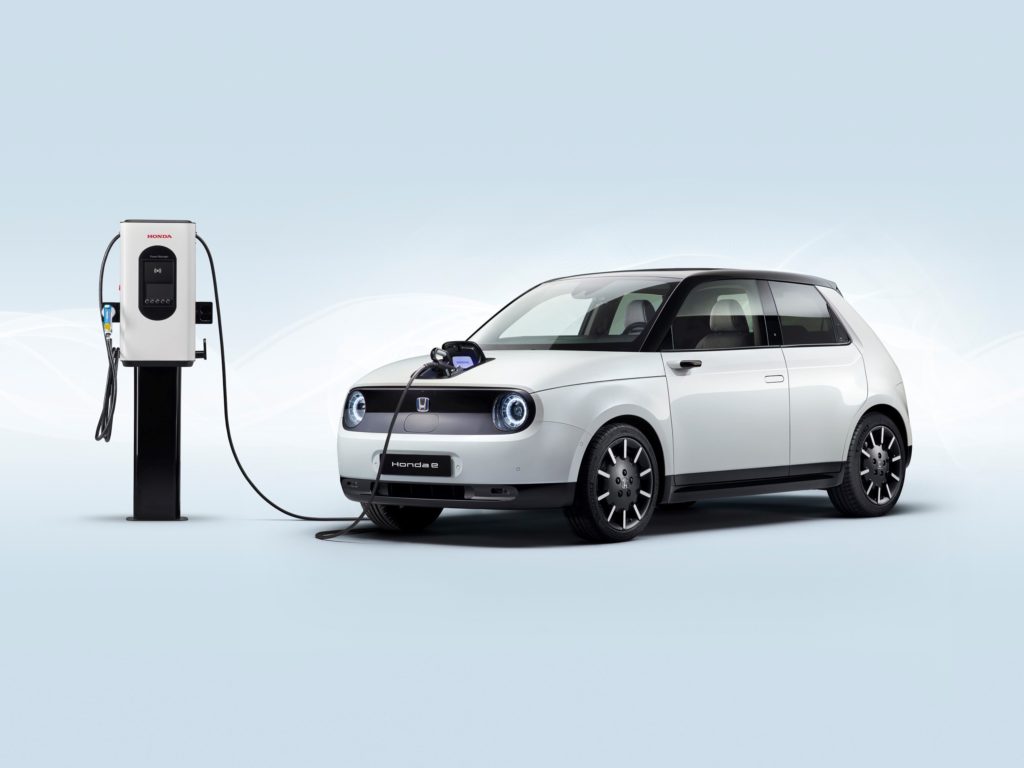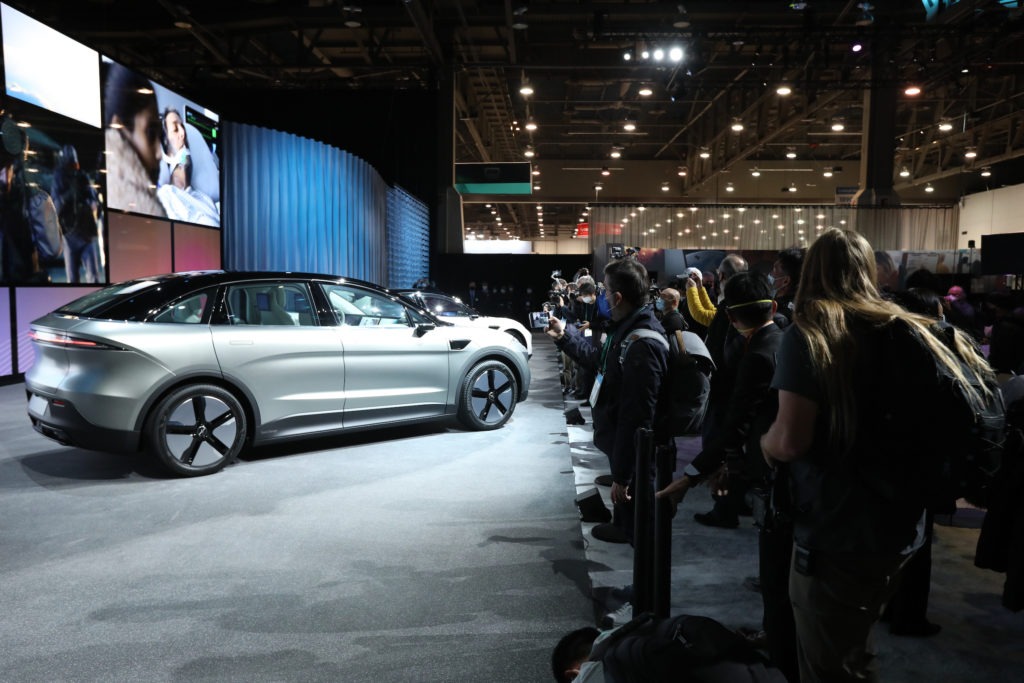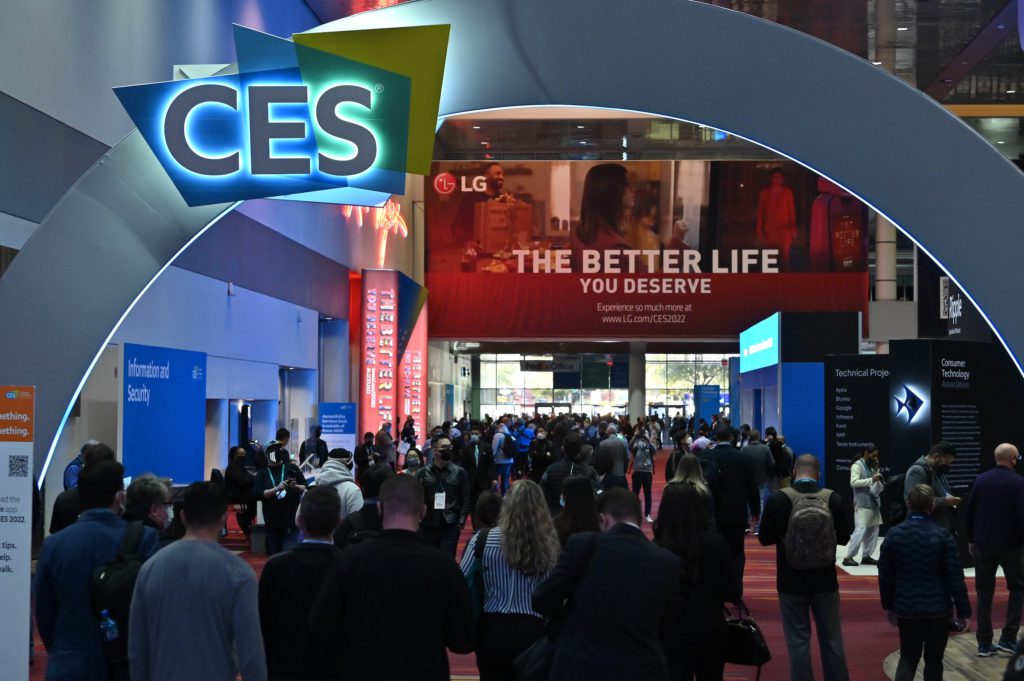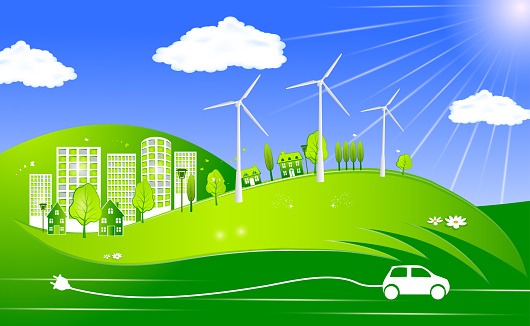Honda invests in batteries, charging and software
24 January 2022

Honda Motor Company (Honda) is boosting its electrification and digitalisation efforts with a series of new investments and agreements. From denser batteries to bi-directional charging, and strengthened software, the company wants to lead the charge with new automotive technologies.
The near-silent whine of new battery-electric vehicles (BEVs) is supported by a continual rumble of development. Carmakers like Honda are showering electromobility with investments to stay ahead of the competition and meet sustainability targets. Concurrently, vehicles are also becoming more intelligent, more connected, and therefore more software-driven. This puts even greater emphasis on the automotive industry moving from an engineering age to a technological one.
Building better batteries
Honda recently confirmed that in December 2021 it signed a joint venture (JV) with US battery researcher and developer SES Holdings. The JV will take aim at high-durability, high-capacity, next-generation batteries. This will include research into lithium-metal anodes, which will allow higher energy density than lithium-ion batteries that usually use carbon-based materials.
‘The battery is an essential component of EVs, and Honda has been concurrently looking into several options toward the realisation of high-capacity, safe and low-cost next-generation batteries,’ said Shinji Aoyama, managing executive officer in charge of electrification at Honda.
‘Honda will continue to establish collaborative relationships with companies which have advanced technologies, as needed, to offer highly-competitive and attractive EVs to our customers,’ Aoyama added.
SES also confirmed plans to list on the New York Stock Exchange (NYSE). As many new technology-based companies are currently doing, it is using a special-purpose acquisition company (SPAC) transaction. As part of the SPAC deal, funds are also being raised through a private investment in public equity (PIPE). Here, Honda plans to acquire roughly 2% of the resulting company’s shares, which will list on the NYSE as SES AI Corporation.
Big picture infrastructure
However, electromobility is about far more than the development of EVs and their components. The electric transition requires the large-scale integration of infrastructure and power grids. So, taking another step into the world of energy management, Honda is partnering with the V2X Suisse Consortium to emphasise the importance of bi-directional charging.
50 Honda e BEVs will be supplied to Switzerland’s car-sharing operator, Mobility. These vehicles will be deployed in a trial fleet that uses the model’s bi-directional charging function to feed electricity back to the grid when not in use. Additionally, 35 power-management units will be sent from the OEM to enable the vehicle-to-grid (V2G) energy recovery.
The V2X Suisse trail will push the world’s first mass deployment of the combo-combined charging system (CCS) with two-way functionality. The carmaker points out its Honda e is the only EV on the European market to allow both charging and discharging as standard on CCS. Just one of these vehicles is capable of feeding up to 20kW of power back to the grid via bi-directional charging. Using fellow consortium member sun2wheel’s cloud-to-cloud platform, Honda’s power-management units will be able to manage the available power for each vehicle in 15-minute cycles to assess and regulate their electricity supply. Demonstration of this project will start in September 2022, running until the end of 2023.
AI at the helm
While electromobility shifts the automotive energy from fossil fuels to electricity, digitalisation is transforming vehicles from feats of engineering to digital devices. This requires strengthening software capabilities, which Honda is attempting via a new investment in US-based Helm.ai. The initial focus will be AI and computer-vision technology.
Helm.ai focuses on AI-based image recognition, which is advanced through unsupervised learning. This primary method of machine learning emphasises AI working things out without being provided with the correct answers. Instead, the system works with unlabelled data on its own to derive patterns and unique characteristics.
The AI startup was established in November 2016 and has been working with Honda since 2019 through the carmaker’s Xcelerator innovation programme. Honda invested in Helm.ai to make mobility products more intelligent, and to push forward development at a more rapid pace.



